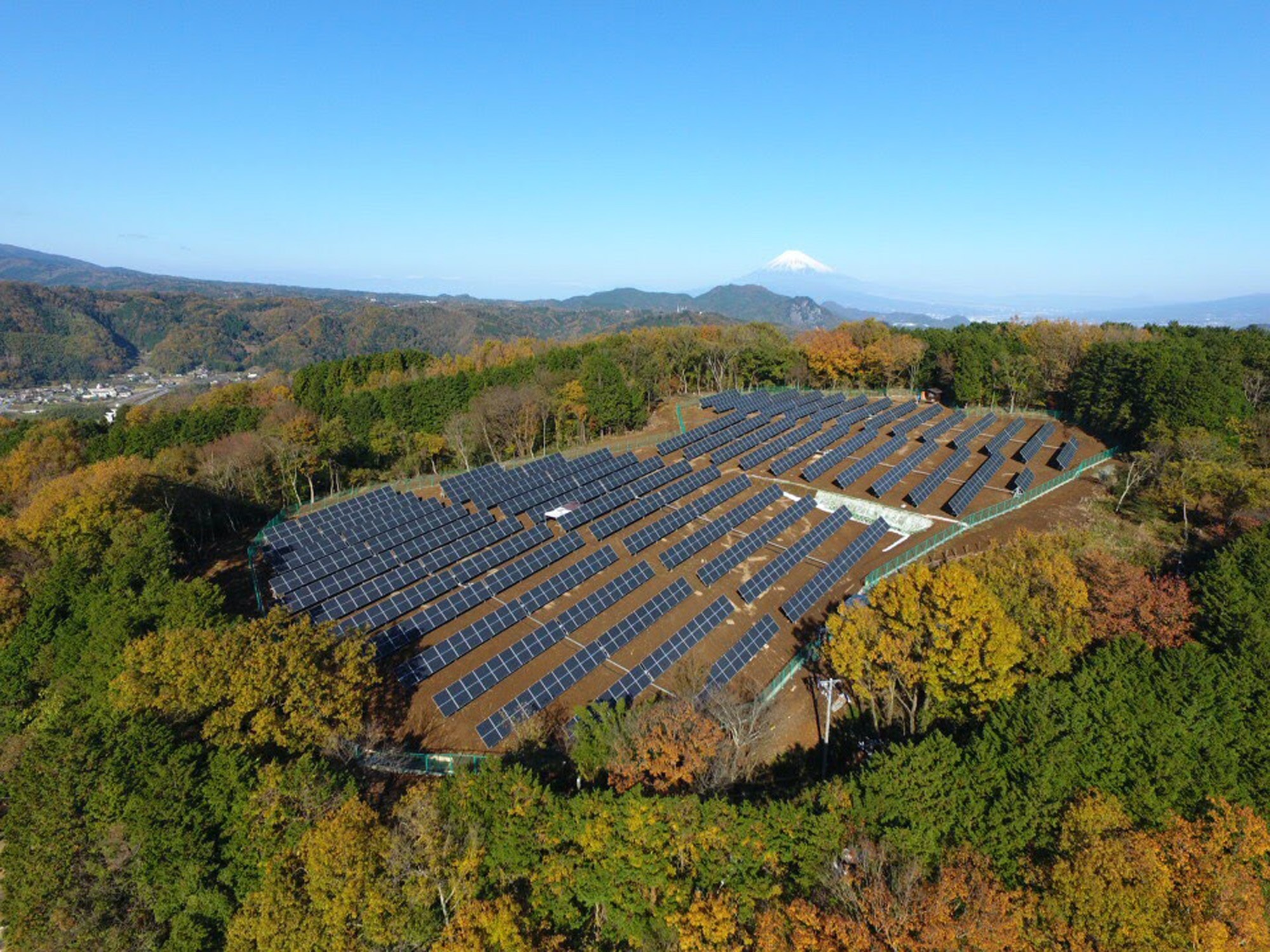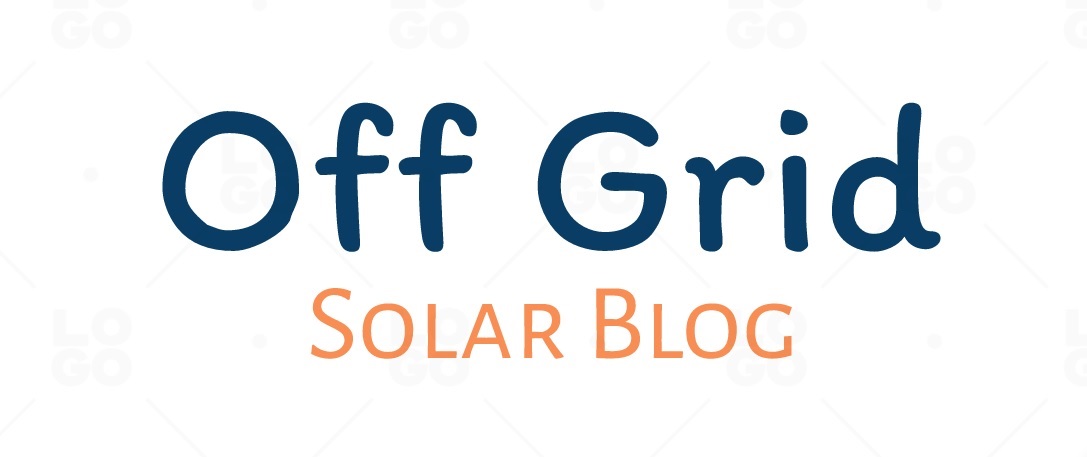- Residential Solar Power: Many homeowners are installing solar panels on their roofs to generate electricity for their homes. Excess energy can be stored in batteries or fed back into the grid.
- Solar Water Heating: Solar thermal systems can heat water for domestic use, including bathing and heating indoor spaces.
- Off-Grid Living: In remote areas or for those seeking self-sufficiency, solar power can provide a reliable source of electricity without relying on traditional utility grids.
- Agriculture: Solar pumps and irrigation systems can help farmers in remote areas access water for crops and livestock.
- Commercial and Industrial Use: Businesses can benefit from solar energy to reduce operational costs and lower their carbon footprint.
- Solar-Powered Transportation: Solar energy can be used to charge electric vehicles (EVs) and provide energy for public transportation systems.
- The Economics of Solar Energy
While the environmental benefits of solar energy are clear, the economic advantages are equally compelling. Let’s explore the financial aspects of solar power:
- Return on Investment (ROI): Installing solar panels is an investment that pays off over time. The ROI depends on factors like your location, energy consumption, and the cost of electricity.
- Net Metering: In many regions, excess energy generated by your solar panels can be fed back into the grid in exchange for credits or cash payments, further increasing your savings.
- Reduced Energy Bills: By generating your own electricity, you can significantly reduce or eliminate your monthly energy bills, which can amount to substantial savings over the years.
- Tax Credits and Incentives: Many governments offer tax credits, rebates, and incentives to reduce the upfront cost of installing solar panels.
- Increased Property Value: Homes with solar installations tend to have higher property values, making your property a more valuable asset.
- The Future of Solar Energy
As technology advances and economies of scale continue to drive down costs, solar power is becoming increasingly accessible to individuals and businesses worldwide. Here are some key trends and developments to watch for in the world of solar energy:
- Advanced Solar Technologies: Ongoing research and development are leading to more efficient solar panels and innovative technologies like solar paint and solar windows.
- Energy Storage: Improvements in energy storage technology, particularly in batteries, are enabling homes and businesses to store excess energy for use during cloudy days or at night.
- Solar-Powered Transportation: Electric vehicles (EVs) charged by solar power are becoming more common, reducing the carbon footprint of transportation.
- Solar in Developing Nations: Solar power is playing a crucial role in providing electricity to remote and underserved areas in developing countries, improving living conditions and economic opportunities.
- Corporate Sustainability: Many businesses are committing to sustainability goals and are investing in solar power to reduce their environmental impact.
- Space Solar Power: There is ongoing research into the feasibility of capturing solar energy in space and transmitting it to Earth, which could provide a virtually unlimited source of clean energy.
How to Go Solar
Now that you understand the benefits and potential of solar energy, you might be wondering how to go solar. Here are the steps to help you get started:
- Assess Your Energy Needs: Begin by evaluating your current energy consumption and needs. This will help determine the size and capacity of the solar panel system you require.
- Find a Reputable Solar Installer: Look for a certified and experienced solar installer in your area. They will assess your property, provide a cost estimate, and guide you through the installation process.
- Consider Financing Options: Explore financing options such as loans, leases, or power purchase agreements (PPAs) to help cover the upfront cost of solar panel installation.
- Choose the Right Solar Panels: There are various types and brands of solar panels available. Consult with your installer to choose the panels that best suit your needs and budget.
- Monitor and Maintain: Regularly monitor your solar panel system’s performance to ensure it is operating optimally. Solar panels require minimal maintenance, but it’s essential to keep them clean and in good condition.
- Enjoy the Benefits: Once your solar panel system is up and running, you can start enjoying reduced energy bills and the satisfaction of generating clean, renewable energy.
Solar energy represents a remarkable opportunity to transition to a sustainable and eco-friendly future. By harnessing the power of the sun, we can reduce our carbon footprint, lower energy costs, and contribute to a cleaner environment. Whether you’re a homeowner looking to save on energy bills or a business aiming to reduce operational costs, solar energy offers a viable and compelling solution.
In a world increasingly concerned about environmental sustainability and the need for renewable energy sources, solar power stands out as one of the most promising and accessible solutions. Harnessing the power of the sun has the potential to transform the way we produce and consume energy, offering a clean, renewable, and abundant source of power. In this comprehensive guide, we will delve into the fascinating world of solar energy, exploring how it works, its benefits, its applications, and the steps to harness it for your home or business.
Understanding Solar Energy
How Does Solar Energy Work?
At its core, solar energy is the conversion of sunlight into electricity. It relies on the photovoltaic effect, a phenomenon discovered more than a century ago, wherein certain materials generate electric current when exposed to light. Solar panels, also known as photovoltaic (PV) panels, are the technology that makes this conversion possible.
Here’s a simplified breakdown of how solar panels work:
- Absorption of Sunlight: Solar panels consist of solar cells made from semiconductor materials like silicon. When sunlight hits these cells, they absorb photons from the sunlight.
- Electron Excitation: The absorbed photons excite electrons in the semiconductor material, causing them to become energized and create an electric current.
- Electricity Generation: This electric current is captured and sent through an inverter, which converts it from direct current (DC) to alternating current (AC), suitable for use in homes and businesses.
- Power Distribution: The generated electricity is then used to power electrical devices, with any excess power being fed back into the grid or stored in batteries for later use.
Benefits of Solar Energy
The adoption of solar energy has been steadily increasing, and for good reason. Here are some key benefits of harnessing the power of the sun:
- Clean and Renewable: Solar energy is a clean, renewable energy source that does not produce harmful emissions or contribute to climate change. It reduces our reliance on fossil fuels and helps combat air pollution.
- Abundant and Free: The sun is an abundant and virtually limitless source of energy. It shines for free, making solar power a cost-effective long-term solution.
- Reduced Electricity Bills: Installing solar panels can significantly reduce or even eliminate your electricity bills, saving you money over the years.
- Energy Independence: By generating your own electricity, you become less dependent on external energy sources and price fluctuations.
- Low Maintenance: Solar panels require minimal maintenance and have a long lifespan, typically lasting 25-30 years or more.
Applications of Solar Energy
Solar energy has a wide range of applications beyond just generating electricity. Here are some of the most common uses:
- Residential Solar Power: Many homeowners are installing solar panels on their roofs to generate electricity for their homes. Excess energy can be stored in batteries or fed back into the grid.
- Solar Water Heating: Solar thermal systems can heat water for domestic use, including bathing and heating indoor spaces.
- Off-Grid Living: In remote areas or for those seeking self-sufficiency, solar power can provide a reliable source of electricity without relying on traditional utility grids.
- Agriculture: Solar pumps and irrigation systems can help farmers in remote areas access water for crops and livestock.
- Commercial and Industrial Use: Businesses can benefit from solar energy to reduce operational costs and lower their carbon footprint.
- Solar-Powered Transportation: Solar energy can be used to charge electric vehicles (EVs) and provide energy for public transportation systems.
- The Economics of Solar Energy
While the environmental benefits of solar energy are clear, the economic advantages are equally compelling. Let’s explore the financial aspects of solar power:
- Return on Investment (ROI): Installing solar panels is an investment that pays off over time. The ROI depends on factors like your location, energy consumption, and the cost of electricity.
- Net Metering: In many regions, excess energy generated by your solar panels can be fed back into the grid in exchange for credits or cash payments, further increasing your savings.
- Reduced Energy Bills: By generating your own electricity, you can significantly reduce or eliminate your monthly energy bills, which can amount to substantial savings over the years.
- Tax Credits and Incentives: Many governments offer tax credits, rebates, and incentives to reduce the upfront cost of installing solar panels.
- Increased Property Value: Homes with solar installations tend to have higher property values, making your property a more valuable asset.
- The Future of Solar Energy
As technology advances and economies of scale continue to drive down costs, solar power is becoming increasingly accessible to individuals and businesses worldwide. Here are some key trends and developments to watch for in the world of solar energy:
- Advanced Solar Technologies: Ongoing research and development are leading to more efficient solar panels and innovative technologies like solar paint and solar windows.
- Energy Storage: Improvements in energy storage technology, particularly in batteries, are enabling homes and businesses to store excess energy for use during cloudy days or at night.
- Solar-Powered Transportation: Electric vehicles (EVs) charged by solar power are becoming more common, reducing the carbon footprint of transportation.
- Solar in Developing Nations: Solar power is playing a crucial role in providing electricity to remote and underserved areas in developing countries, improving living conditions and economic opportunities.
- Corporate Sustainability: Many businesses are committing to sustainability goals and are investing in solar power to reduce their environmental impact.
- Space Solar Power: There is ongoing research into the feasibility of capturing solar energy in space and transmitting it to Earth, which could provide a virtually unlimited source of clean energy.
How to Go Solar
Now that you understand the benefits and potential of solar energy, you might be wondering how to go solar. Here are the steps to help you get started:
- Assess Your Energy Needs: Begin by evaluating your current energy consumption and needs. This will help determine the size and capacity of the solar panel system you require.
- Find a Reputable Solar Installer: Look for a certified and experienced solar installer in your area. They will assess your property, provide a cost estimate, and guide you through the installation process.
- Consider Financing Options: Explore financing options such as loans, leases, or power purchase agreements (PPAs) to help cover the upfront cost of solar panel installation.
- Choose the Right Solar Panels: There are various types and brands of solar panels available. Consult with your installer to choose the panels that best suit your needs and budget.
- Monitor and Maintain: Regularly monitor your solar panel system’s performance to ensure it is operating optimally. Solar panels require minimal maintenance, but it’s essential to keep them clean and in good condition.
- Enjoy the Benefits: Once your solar panel system is up and running, you can start enjoying reduced energy bills and the satisfaction of generating clean, renewable energy.
Solar energy represents a remarkable opportunity to transition to a sustainable and eco-friendly future. By harnessing the power of the sun, we can reduce our carbon footprint, lower energy costs, and contribute to a cleaner environment. Whether you’re a homeowner looking to save on energy bills or a business aiming to reduce operational costs, solar energy offers a viable and compelling solution.



